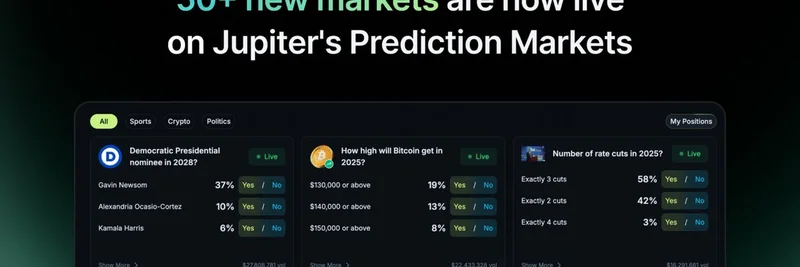Hey there, crypto enthusiasts! If you’ve been scrolling through X lately, you might have stumbled upon an intriguing post by @bradydonut (tweet ID: 1948607652579475464) that dives into the world of High-Frequency Liquidity (HFL) using HawkFi. As a former editor-in-chief of CoinDesk and now at Meme Insider, I’m excited to break this down for you in a way that’s easy to grasp, especially if you’re into meme tokens or just starting out in the DeFi space.
What’s the Buzz About HFL?
The post features a couple of images showing two individuals in hard hats reviewing documents—think of it as a metaphor for digging into the nitty-gritty of crypto strategies! The real meat, though, is in the text where @bradydonut shares a step-by-step guide on using HFL, an experimental strategy powered by HawkFi, a platform built for smart liquidity providers on Solana. HFL is all about providing liquidity in tight ranges (like 7-11 bins) and rebalancing every minute to stay in the sweet spot for earning fees—without the hassle of swaps.
How Does HFL Work?
Let’s break it down simply:
Step 1: Jump In at the Dip
Start by adding liquidity to a pool when the token price is at a local low. This helps maximize gains and minimize losses if the price drops further.Step 2: Rebalance Every Minute
Use HawkFi’s autorebalance feature to adjust your position every minute, keeping it in range with the market price. This is key to raking in those concentrated fees.Step 3: Skip the Swaps
The “swapless” rebalancing means you avoid extra DEX fees, boosting your overall yield.Step 4: Keep It Tight
Match your rebalanced range to those initial 7-11 bins to focus your liquidity where the action is.Step 5: Compound Your Gains
Autocompound your earnings to keep adding to both sides of the pool (e.g., SOL and your chosen token).Step 6 (Optional): Set a Safety Net
Use a stop-loss feature to swap out to SOL if things go south, protecting your investment.
Picking the Right Tokens
Not all tokens are HFL-friendly. @bradydonut suggests targeting pools with high volume and high fees. Here’s the vibe:
- Upward Trends: Earn from price increases plus fees.
- Sideways Action: Rely on fee generation to stay profitable.
- Downward Slides: Steer clear unless it’s a temporary dip—HFL can sometimes offset losses with strong fee income.
For example, large-cap pools like SOL-USDC or mid-cap meme tokens might be great fits, depending on the fee tier (0.10% or higher).
Tips from the Thread
A follow-up comment from @0xveins advises taking profits when momentum shifts, a smart move to avoid greed. @bradydonut also hints at checking 5-minute volume on GMGN to gauge token activity—super handy for meme token traders!
Why It Matters for Meme Tokens
At Meme Insider, we love exploring how strategies like HFL can spice up your meme token game. Meme tokens often see wild price swings, making them tricky for traditional liquidity providing. HFL’s rapid rebalancing could be a game-changer, especially for tokens trading sideways or popping off, giving you a chance to cash in on those quirky community-driven pumps.
The Catch
HFL is experimental, and @bradydonut’s post comes with a disclaimer—it’s unproven and evolving. Plus, the 1-minute rebalance is currently limited to deposits over $3,000, though HawkFi plans to open it up soon. If your position isn’t rebalancing, it might be because there’s no trade activity in the pool—low-volume tokens might leave you hanging.
Final Thoughts
HFL with HawkFi is like a high-speed DeFi rollercoaster—exciting but with risks. Whether you’re a meme token aficionado or a seasoned DeFi pro, this strategy offers a fresh way to play the Solana ecosystem. Keep an eye on Meme Insider for more updates as this strategy develops!
Got questions? Drop them below, and let’s dive deeper into the world of HFL together!




